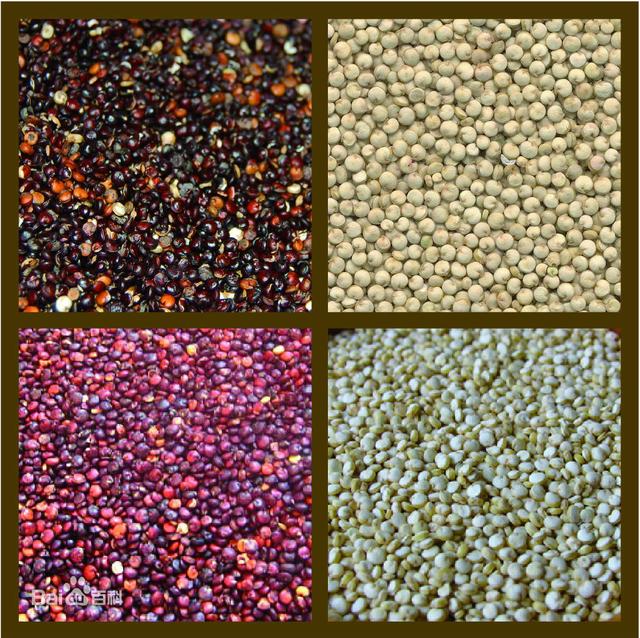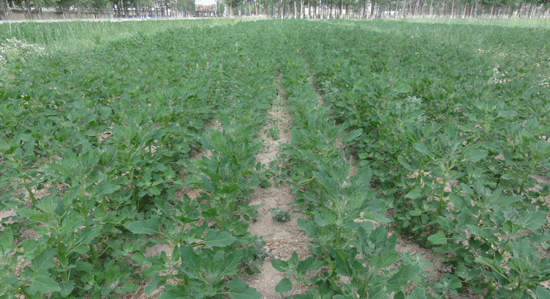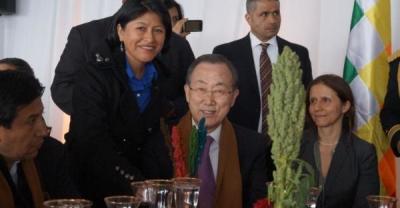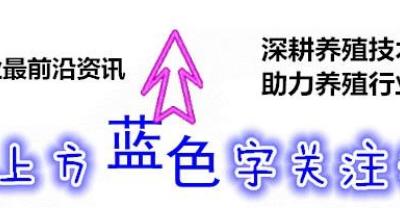Matters needing attention in planting quinoa
Quinoa plant classification belongs to chenopodiaceae, dicotyledonous plants. The plant is broom-shaped, plant height varies from dozens of centimeters to three meters, root system is shallow root system, inflorescence, main shoot and lateral branches are seeded, self-pollination. The seeds are round tablets, about 1.5- 2mm in diameter, about the same size as millet, lighter than millet, 1000-grain weight 1.4g-3g, and a layer of water-soluble saponin on the epidermis. Because its leaves are like duck feet, it is also called goose foot in English. The seed size and color of different varieties are different, most of them are white, gray white, milk yellow, and some varieties have dark seed colors such as black, red, purple, etc.

origin
Quinoa is mainly distributed in Bolivia, Ecuador and Peru in South America in its origin. It has the characteristics of cold resistance, drought resistance, barren resistance and salt tolerance. From sea level to more than 4000 meters are distributed, edible varieties are mainly planted in the Andes at high altitude rainfall of more than 300 mm at an altitude of more than 3000 meters.

Quinoa growing areas in China
Mainly distributed in China Shanxi (milk yellow, gray), Yunnan (Yunchou No. 1 sweet chenopodium, red chenopodium), Qinghai (gray, milk yellow).

1. Preparation before sowing
A: Selection of plots.
For planting quinoa, it is necessary to select ridge land and second terrace land with high altitude of 2500~3500 meters, sufficient sunshine, good ventilation conditions and good fertility. It is strictly prohibited to plant in the flood land and ditch land with dark, wet and poor ventilation and lighting conditions. It is better to choose red clay or red sand soil for the plot soil.

B: crop rotation.
Quinoa is not suitable for continuous cropping, continuous cropping is a serious disease, weeds are many, the consumption of nutrients in the soil is large, and it is easy to cause "rest". Therefore, reasonable crop rotation is easy to harvest quinoa. It is proposed to rotate buckwheat, waxy corn and millet for at least two years. Soybean and potato are the best, followed by corn, sorghum, sunflower and castor.
C: Fine soil preparation. Quinoa is grown in arid hilly areas, so improving rainwater use efficiency is crucial. Early spring soil has just thawed, while the temperature is still low, soil moisture evaporation slow time, apply sufficient base fertilizer, to achieve soil and fertilizer fusion, strong cutting water storage. Harrowing shall be done in time every time rain falls before sowing, so as to make the upper part empty and the lower part solid. Harrowing shall be done without ploughing in case of drought, and compaction shall be carried out.
D: Apply enough fertilizer.
The fertilizer type should be sheep manure after high temperature fermentation treatment, followed by farm organic fertilizer. It is forbidden to use chemical fertilizers, including inorganic fertilizers such as phosphorus nitrate. Basal fertilizer is applied once before sowing combined with deep ploughing, generally based on farm manure, such as phosphate fertilizer mixed with farm manure to make basal fertilizer effect is best. It is better to apply basal fertilizer in autumn or early spring.
The maximum yield-increasing effect of topdressing was at the booting stage 15~20 days before heading, and the optimum amount of pure nitrogen was about 5 kg/mu. When nitrogen fertilizer was more,"embryo fertilizer" was applied at jointing stage and "grain fertilizer" was applied at booting stage. In the late growth stage of quinoa, foliar spraying phosphorus and trace element fertilizer can also promote flowering and seed filling.
2. Sowing
A: Sowing date.
The sowing date should generally be selected in mid-May (temperature in 15℃-20℃ is appropriate), it is best to sow after rain or two days before the weather forecast rain. Avoid early sowing, so that the flowering of millet avoid rainy days.
B: Sowing capacity.
The dosage per mu should be 0.3-0.4 kg. About 9,000 - 10,000 seedlings remain
C: Deep.
Sowing depth is about 1-2 cm. Too deep emergence difficulties, too shallow adverse drought prevention and fall.
D: Sowing method.
Generally, it is used to sow seeds, but it can also be planted with newly developed fine sowing seeds. The row spacing is about 40-50 cm, and the plant spacing is about 25-30 cm.

3. Field management
A: Seedling management.
check and supplement seedlings
After quinoa seedlings emerge, check seedlings in time. When missing seeds and seedlings are found, replanting measures should be taken: first, immerse seeds in water for 3-4 hours, take them out with damp cloth, cover them with damp cloth, place them at 20-25 ℃, plant them for more than 10 hours, ditch and replant them; second, transfer seedlings after rain and replant them when 4-5 leaves are left; for transplanted rice seedlings, irrigate seedlings with water in the morning and evening for three consecutive days to ensure survival rate.
Thinning and seedling determination
Quinoa seedlings should be thinned early after emergence, and pay attention to weed removal. When the seedlings grow to 10cm, carry out the first thinning, and keep more seedlings properly. When the seedlings grow to 20-30cm, carry out the second thinning, keep strong seedlings, preserve seedlings, and plant them in a reasonable density.
intertilled weeding
This is the key to cultivating strong seedlings. Quinoa seedlings grow slowly and avoid grass shortage. The first intertillage is combined with thinning seedlings. Shallow hoeing, fine hoeing, broken soil blocks and surrounding seedlings should be mastered to achieve the same depth. The grass is clean and flat to prevent damage to seedlings. In case of heavy rain after intertillage, the crust should be broken when the topsoil is slightly dry after rain.

B: Medium-term management
Qinglong
At the age of 8 leaves, check one by one, pull out weeds, diseased plants and residual plants in the rows, improve the uniformity, seedling feet are clean, ventilation and light transmission.
deep cultivation
Quinoa enters vigorous growth stage from jointing stage. With the increase of temperature, the growth speed of stem accelerates. After ridge cleaning, deep tillage should be carried out, some lateral roots should be cut off, root development should be promoted, the growth of basal nodes should be controlled, stem should be thickened, and lodging should be prevented in the later stage.
with earth
Remove all the weeds between rows, cultivate the roots, promote the growth of neck nodes and secondary roots, enhance the supporting ability of plants, and prevent late lodging.
C: Post-management
In the mature period, to prevent sparrow harm, timely harvest, prevent ear of grain with the wind wear threshing each other, resulting in losses.
Get rid of the trash. In order to ensure the high quality of organic quinoa, the diseased ears and miscellaneous plants must be removed before harvest.
4. Harvest, storage and transportation
A: Timely harvest
When the ears turn yellow and green and the seeds harden, they can be harvested. It is carried out in the way of single collection, single purchase and single storage of land.
B: Storage
Central centralized constant temperature warehouse storage.
C: Transportation
Transportation vehicles should be clean, dry and equipped with rain protection facilities. It is strictly prohibited to mix with toxic, harmful, corrosive and smelly articles.
5. Main pest control
The following preventive measures were taken:
A: Sowing at the right time.
Do not sow early, the best time is within ten days after the grain rain festival, the purpose is to avoid the flowering period of quinoa from the rainy season, maintain sufficient sunshine and sunshine, and prevent quinoa blast. This is consistent with the agricultural proverb "sun out rice, drench out chaff".
B: Late field management.
That is, after heading quinoa, it is necessary to uproot diseased plants and remove impurities. To prevent white hair disease, the uprooted diseased plants are selected from the base and buried or burned.
C: crop rotation, winter prevention.
Autumn ploughing and ridge strengthening emphasize deep ploughing, picking grain stubble, removing larvae and eggs.
- Prev

Lianas suitable for balcony planting
Plant a plant, climb the balcony full, green at a glance, it is estimated to be the wish of many children's shoes ~ then to plant a vine! Xiao Mei will introduce you today.
- Next

When will Chaotian pepper be planted?
Chaotian pepper, also known as small pepper, Wangtian pepper, etc., is a perennial semi-woody plant of Solanaceae pepper. Chaotian pepper is an excellent cash crop, which is relatively prosperous.
Related
- Fuxing push coffee new agricultural production and marketing class: lack of small-scale processing plants
- Jujube rice field leisure farm deep ploughing Yilan for five years to create a space for organic food and play
- Nongyu Farm-A trial of organic papaya for brave women with advanced technology
- Four points for attention in the prevention and control of diseases and insect pests of edible fungi
- How to add nutrient solution to Edible Fungi
- Is there any good way to control edible fungus mites?
- Open Inoculation Technology of Edible Fungi
- Is there any clever way to use fertilizer for edible fungus in winter?
- What agents are used to kill the pathogens of edible fungi in the mushroom shed?
- Rapid drying of Edible Fungi

